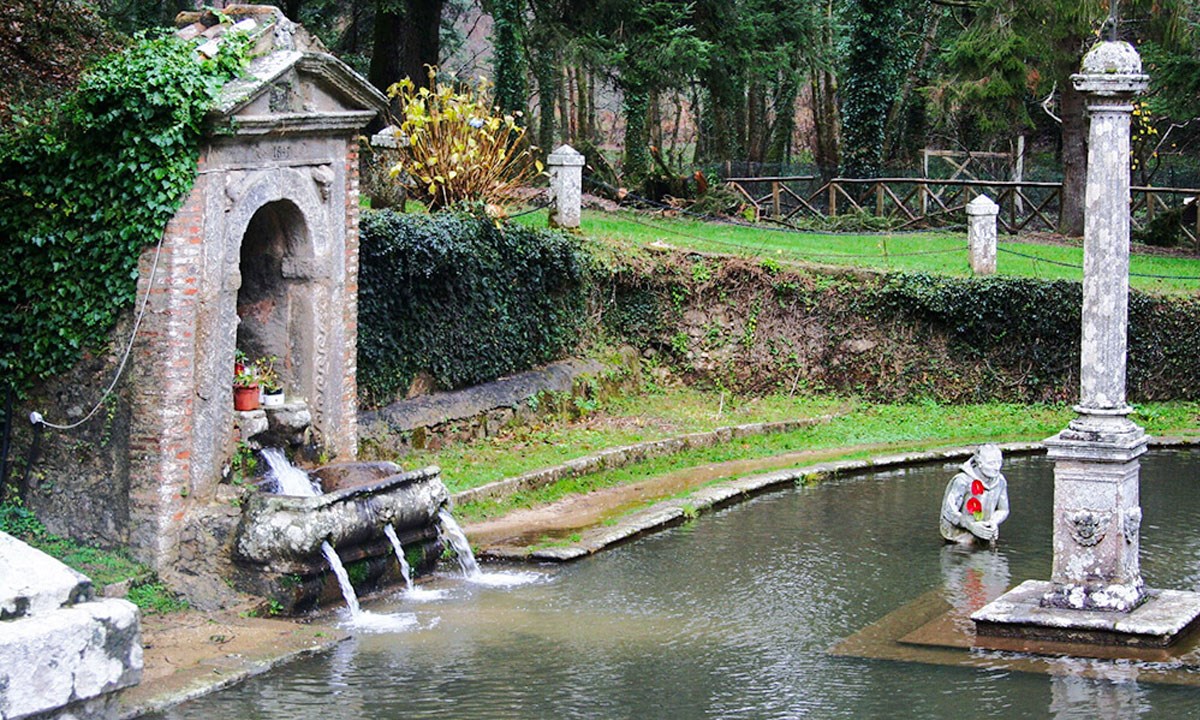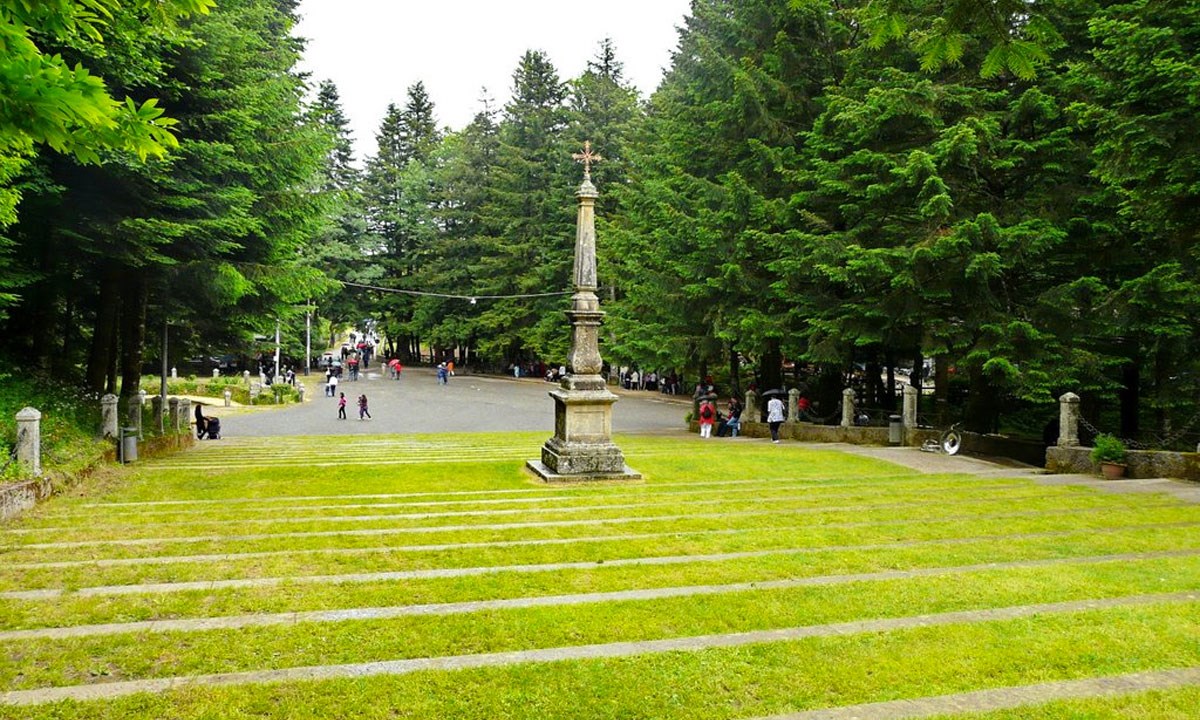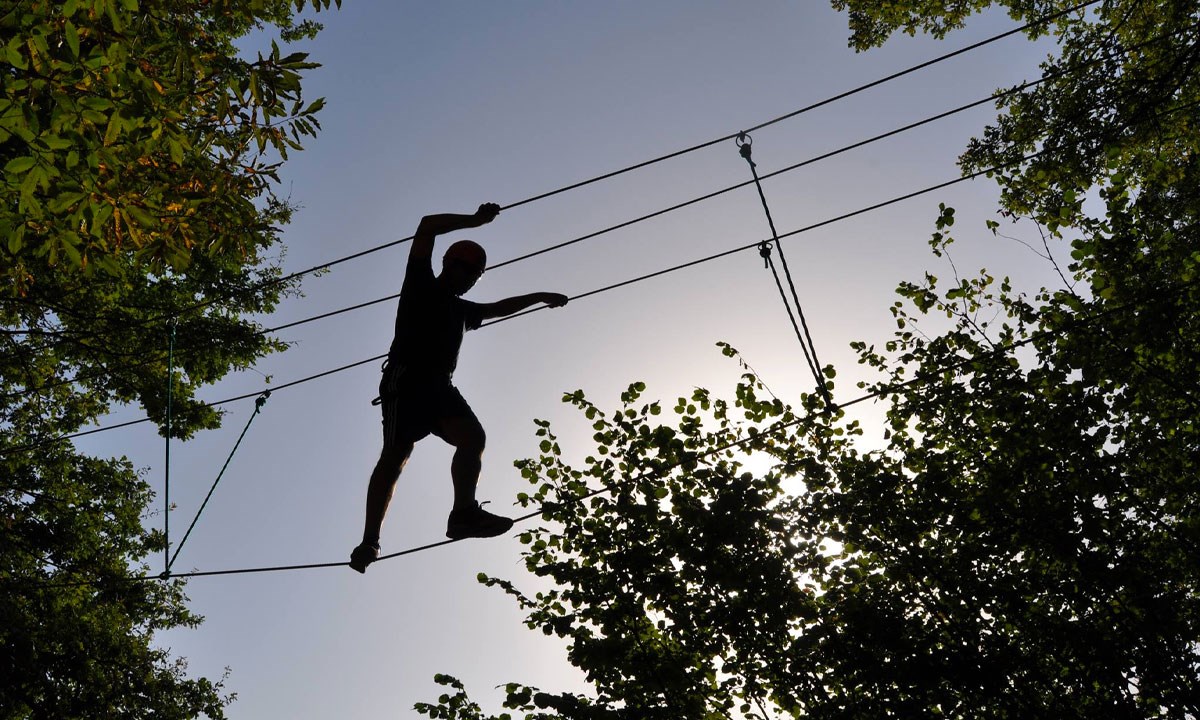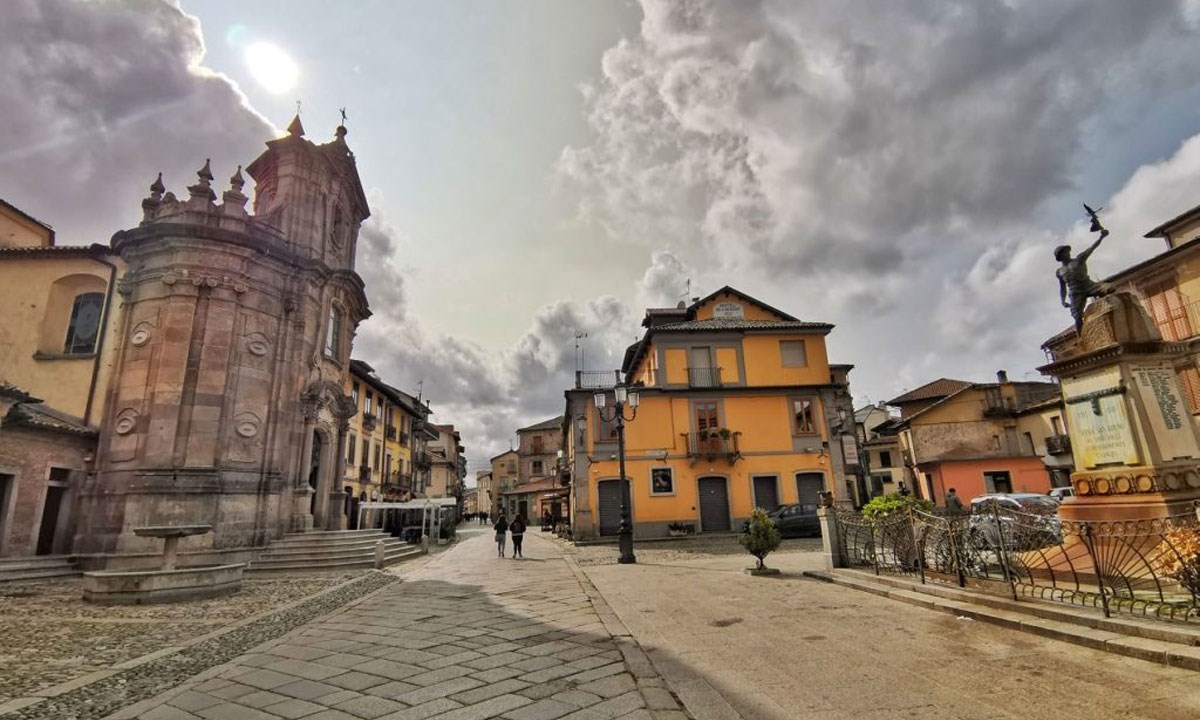Serra San Brunotown of strong tourist and religious appealin the province of Vibo Valentiais one of the most popular places in the Calabrian mountains, delegated by Bruno of Colognein the’11th centuryto become the perfect place to welcome theCarthusian monastic order. Immersed in an atmosphere of mysticism and deep spiritualitythis center is guarded in the Regional Park of the Serreabout a thousand meters above sea level, surrounded by dense forests of pines, beeches and white firs. With his beautiful old townthe Charterhouse, the pond with the statue of San Brunoher churches, the Pinewood and his mountain aromas and flavors, represents the ideal destination where to enter at the same time in connection with nature, art, spirituality and territory.
San Bruno: the origins of Serra and the monastic foundation
Founded in 1091 by Bruno of Cologneon the image of the first Carthusian abbey of Grenoble, the Charterhouse of Serra San Bruno it is located south of the city center, near the Bosco di Santa Maria. At the time, Brunosummoned by France to the Vatican at the behest of the pope Urban II, reached Calabria in his entourage, where he was proposed to become a bishop. Bruno declined the offer and obtained from the pontiff the consent to be able to withdraw in the Calabrian greenhousesin an area, between Arena and Stilo, given to him by Roger I of Altavilla. Here, in the locality of Torre, he was hit by one small cave surrounded by vegetation – the Dormitory of San Bruno -, choosing this place to give life to the monastic foundation. Thus he described the area in a letter addressed to Raoul le Vert, one of the two companions who, together with him, made the vow to consecrate himself to the monastic life:
“In the territory of Calabria, with religious brothers, some of whom are very cultured, who, in persevering divine vigilance, await the return of their Lord to open them immediately as soon as he knocks, I live in a hermitage quite far, from all sides, from men’s dwellings. Of its amenity, its mild and healthy climate, of the vast and pleasant plain that stretches for a long stretch between the mountains, with its verdant meadows and its flourishing pastures, what could I tell you in an adequate way? Who will properly describe the appearance of the hills that are gently rising from all sides, the recess of the shady valleys, with the pleasant richness of rivers, streams and springs? There is no lack of irrigated orchards or fruit trees that are varied and fertile ”.
At first, he founded the Church of Santa Maria di Turri or del Bosco, a small masonry building, consecrated on August 15, 1094, around which stood the cells of the hermit fathers; about two kilometers away, he gave birth to the Santo Stefano Monastery – the current Charterhouse -, where he placed the lay brothers and those who could not completely follow the rules of the desert. The workers who, on the other hand, were engaged in the construction of the hermitage and the Certosa, were established with their families at a certain distance from the monks: thus the first houses at the origin of the Serra village. Resuming the lifestyle he led in France, Bruno spent the last ten years of his contemplative life in solitude in the Hermitage of Santa Maria.
La Certosa: the main ecclesiastical center of the South
Over the centuries, the church was abandoned and the Charterhouse became the main ecclesiastical center of the South, with a vast land heritage between Calabria, Puglia and Sicily. Around 1192, with William of Messina – fifteenth successor of Bruno -, the monastery passed to theCistercian order. No trace remains of the building activity promoted by Guglielmo and his 41 successors, up to 1411, and not even archival material. In 1514, the monastery was returned to the Carthusian Order, with a solemn ceremony attended by the priors of the southern houses and the greatest exponents of the Calabrian and Neapolitan aristocracy. For over two centuries, the complex was remodeled several times, up to devastating earthquake of 1783which reduced it almost to a heap of rubble, and to the total abandonment caused by the suppression of the monasteries, decreed by Giuseppe Bonaparte in 1807. Only in 1857, the monks returned and in 1889the General Chapter of Grenoble commissioned the reconstruction and restoration project, of which today remains the new monastic church, the private chapels, the large cloister, the 14 cells of the fathers, the clock tower in place of the old bell tower, the Guest House, the places of prayer and meeting, the Public Prosecutor’s Office, the stables, deposits, as well as the restructuring of the sixteenth-century pre-existing structures (the Refectory, the Chapter Hall, the Library and the Chapel of the relics). The new complex was inaugurated on the Easter feast of 1899, while the consecration of the new church took place on November 13, 1900.

The Certosa Museum
Inside the walls of the monastery is present and can be visited the Museum of the Charterhouseborn in 1994 on the impulse of the monastic community to narrate the story of San Brunoas well as the order he founded, and to accommodate the numerous requests of pilgrims and tourists, eager to learn about the monastic life of the Carthusians governed by the eremitic rule. The exhibition is divided into 22 roomswhich cross the rooms of the Certosa, reconstructed as an example with the original furnishings – from the cell to the convent church -, accompanied by films, photos and descriptive panels. The place, like the Charterhouse itself, gives a deep immersive experience in the spirituality of the children of San Bruno, through the scents and the quiet and the silence of the sacred place, sometimes intoxicated by the melodious song of the monks. The visit ends in a small solitary chapel inside the sixteenth-century tower, where you can stop for a moment of meditation and prayer.
From the pine forest to the dormitory of San Bruno
In the center of Serra San Bruno it is guarded a beautiful pine forest surrounded by greeneryideal for spending a pleasant break in the open air, pampered by the scent of trees and nature: a priceless feeling of peace and well-being, as well as this sacred place reserves for those who visit it. Beyond the pine forest, in fact, the historic fountain with the statue of San Bruno immersed in the water, where it is traditional to make a wish by throwing a coin into the water from behind. On the left, however, the beautiful granite staircasecolored by the characteristic green moss, which the Sanctuary of Santa Maria del Bosco and the Dormitory of San Bruno, where a plaque reads “Here the Hermit prayed, found refuge and was buried”. Walking through the area you can admire other monuments and places of worship, including in total nine asked.

Nature trails and Adventure Park
In the territory of Serra San Bruno They are countless hiking trails which, between Wood of Santa Maria and the Wood of Archifòrooffer paths of different difficulty, through unspoiled places and spectacular views. Serra San Bruno is also famous for the beautiful “Green Adrenaline” Adventure Parkin the locality “La Chiusa”, a variety of activities surrounded by greenery, with acrobatic courses in the trees, Tibetan bridges, wall climbing, tubbing, log footbridges and the exciting Tyrolean jump, for an adventurous experience, in maximum safety and in the midst of natural beauty. To complete the points of interest of the place, are the numerous local farmhouseswhere to savor traditional dishes and dishesincluding the notorious mushroom raw, sautéed, marinated or fried, so Serra San Bruno is also called the “city of the mushroom”.

Journey to Serra San Bruno: a priceless heritage of nature, art and spirituality

